Science
-

Ex-ISRO chief warns: ‘Hypersonic missiles extremely difficult to intercept, India needs hundreds of satellites’
As aerial and cyber arenas transform contemporary warfare, space has become the critical theater for national security. Ex-ISRO chief S.…
Read More » -

Scientists Smash Nuclear Fusion Record, Igniting Hope For Limitless Clean Energy
Researchers in Germany have made significant progress toward generating nearly limitless, clean energy through nuclear fusion—the same intense reaction occurring…
Read More » -
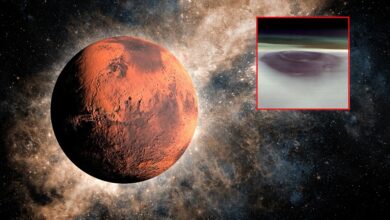
NASA Captures Mars Volcano Twice The Height Of Earth’s Tallest Peaks
NASA’s 2001 Mars Odyssey orbiter has taken a breathtaking image of a 20-kilometer-high volcano, emerging from the clouds on the…
Read More » -
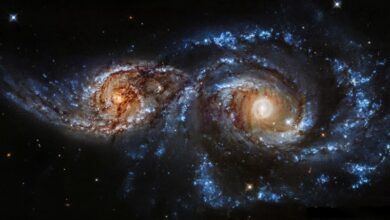
Two galaxies are about to collide in space
NASA’s Chandra X-ray Observatory, together with other telescopes, has recorded an unusual cosmic occurrence: two large galaxy clusters that merged…
Read More » -
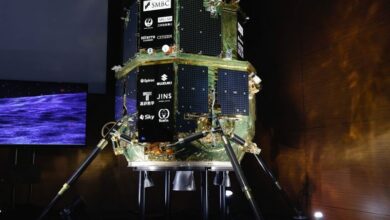
Japan’s ispace fails again, Resilience lander crashes on moon surface
Japanese firm ispace reported that its unmanned moon lander probably crashed onto the lunar surface during its landing attempt on…
Read More » -
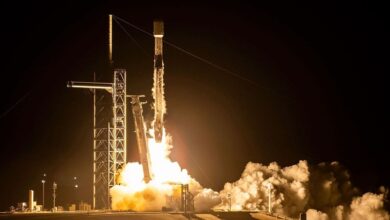
SpaceX Aims to Break Launch Record With 170 Orbital Liftoffs Planned for 2025
By 2025, SpaceX plans to achieve unprecedented launch frequency: 170 orbital missions, almost one every two days. If we reach…
Read More » -

7,100-Year-Old Skeleton Reveals Unknown Human Lineage in China
A recent investigation of a 7,100-year-old skeleton from China has uncovered a “ghost” lineage previously existing only in hypotheses. The…
Read More » -
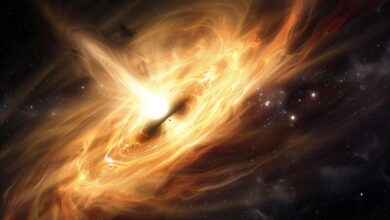
Researchers discover a gigantic black hole that has awakened from its sleep after two decades.
In a remarkable new finding, researchers have found a supermassive black hole that has awakened from its slumber after being…
Read More » -
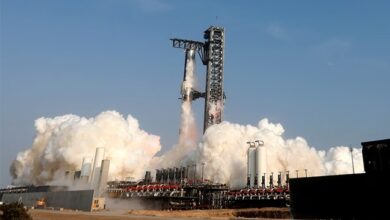
SpaceX’s Starship spins out of control after flying past points of previous failures
SpaceX’s Starship rocket launched from Texas on Tuesday but encountered problems mid-flight, failing to meet key testing objectives and presenting…
Read More » -
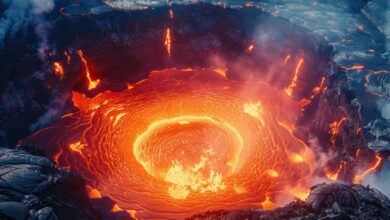
The Earth Is Leaking Gold: Scientists Stunned To Find Precious Metals Emerging From Core
A pioneering research on Hawaiian volcanic rocks reveals that gold and other valuable metals are seeping from Earth’s core to…
Read More »


